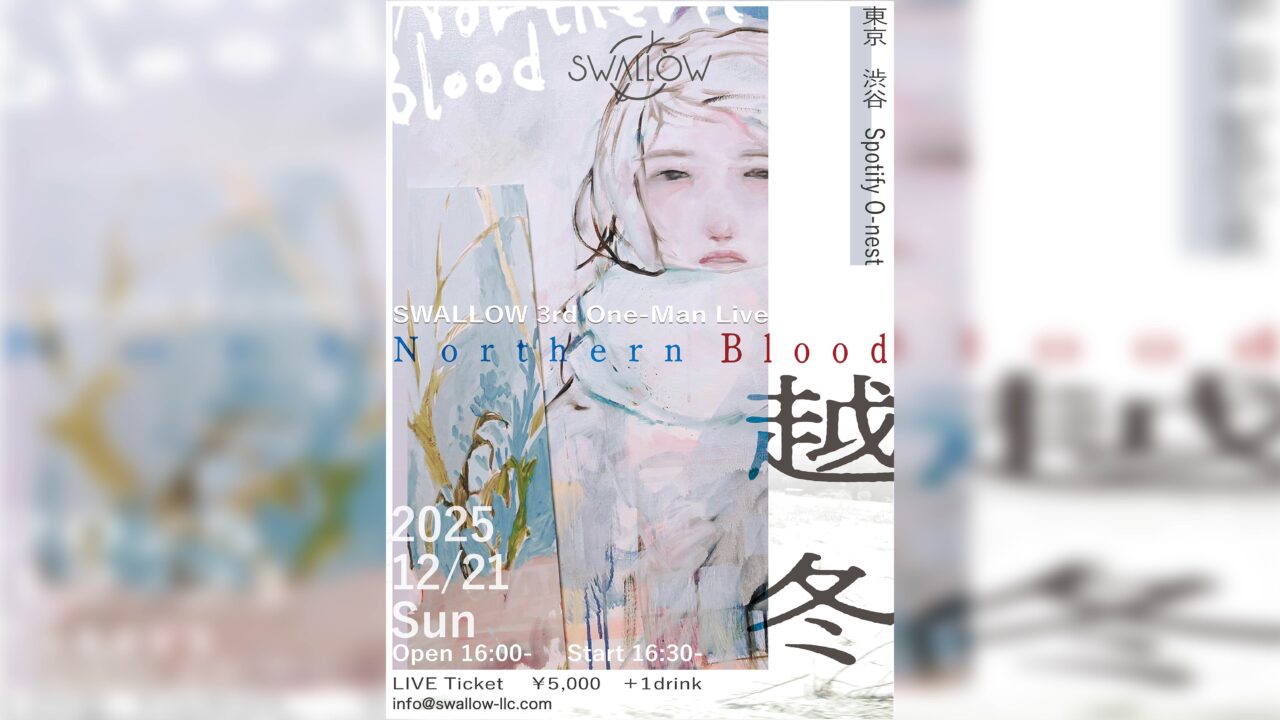INDEX
The Pitfalls of Creating Music Without Practical Effort
-Taiki has been suggesting things we haven’t tried before. Do you find these kinds of ideas particularly valuable?
Sakamoto: Rather than looking for things we haven’t done before, it’s more about exploring current musical trends or considering new ways to arrange things based on how we feel at the time. This time, there were quite a few suggestions involving some tricky time signatures and similar ideas.

Shimotsu: I was quite surprised by “Kyodai (Brothers)” and thought, “I didn’t know you could approach it this way.” Initially, it seemed like it could work with an 8-beat rhythm, but it ended up taking a direction that would never have come from Shimotsu’s folk singer side. It was a huge help, really! [laughs].
-“Kyodai (Brothers)” indeed has a meticulously crafted rhythm. Was this developed more as a collaborative process where everyone contributed by actually playing the sounds together, rather than one person leading?
Shimotsu: We had discussions like ‘Let’s keep the verse in this groove, expand this groove for the chorus, and make the second verse a bit more danceable,’ but I feel like everyone made decisions based on their instincts. If you try to create music just with words, it often doesn’t turn out well. From past experience, we’ve found that working together in a calm environment and actually playing together leads to better results.
-Are these polyrhythms influenced by contemporary jazz at all?
Maruyama:I really like jazz, so that influence might naturally come through, but initially I wanted ‘Brothers’ to have a house vibe. However, since we’re a rock band, I ultimately aimed to bring it back to rock.
-Indeed, the minimalist approach to the bass leans towards house or dance music. How did Taniyama’s phrases come together?
Taniyama: I’m not sure… I think I started out by just playing root notes with single notes, but somehow it ended up like that. I don’t remember what sparked the change, though [laughs].

Shimotsu: Yeah, it was tough to get it to a point where we could perform it in front of people after the song was put together. It was like trying to ride a bike with a blindfold on [laughs].
-What was the reason for re-recording “Mukade wa Shindemo Doku o Haku,” a track from the 2010 release “Goodbye, Girlfriend”?
Shimotsu: I usually don’t revisit old songs because they’re often embarrassing, but this track still hits me when I play it at home. I think it still resonates with the present day. Even though it’s from 14 years ago, I felt reassured that I haven’t betrayed the 19-year-old me. However, I thought it would be pointless to recreate the original arrangement with the current lineup. I had been thinking this for a couple of years.
From around the time of “moana,” I had mentioned wanting to do “Mukade” again, but I couldn’t come up with a good arrangement. Then, while playing around with DADGAD tuning at home, I thought, “Since ‘Mukade’ is also in D, maybe it could work?” and found the riff. This track turned out to be the most jammy and rock-oriented on the album, and it has the most psychedelic flavor. The hardest part of the arrangement was creating the B section.
Taniyama: The beat is weird.
Shimotsu: The rhythm distorts, but the guitar keeps playing in 4/4 time. It happens sometimes, and honestly, every time it happens live, it makes me really nervous [laughs]. It feels like searching for a log to cling to and thinking, “Hang in there! Find something to hold onto!”
-Although it’s different from the garage rock approach of the time, the guitar is heavily distorted and definitely takes on a psychedelic rock aspect within this album.
Okubo: It’s the most distorted track on the album, so it was a lot of fun to work on. Essentially, it’s more about phrases than backing, but to avoid interfering with the vocals, I kept the mids as low as possible and aimed for a slightly bright sound with a bit of a boomy feel.
Maruyama:I felt the same way as Okubo—like we were back in an old band [laughs].

Shimotsu: This is the only track where I put an echo on Maru-chan’s sound, and by the latter half, it’s hard to tell which guitar is which. I really like that sense of it getting all tangled up—it feels very psychedelic. The engineer said, “You’ve gone too far!” though [laughs].


























